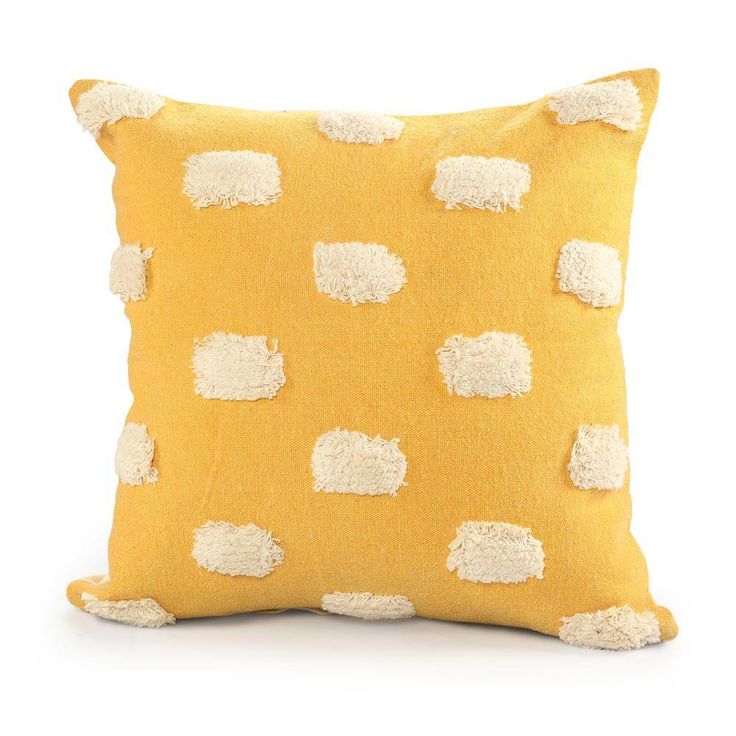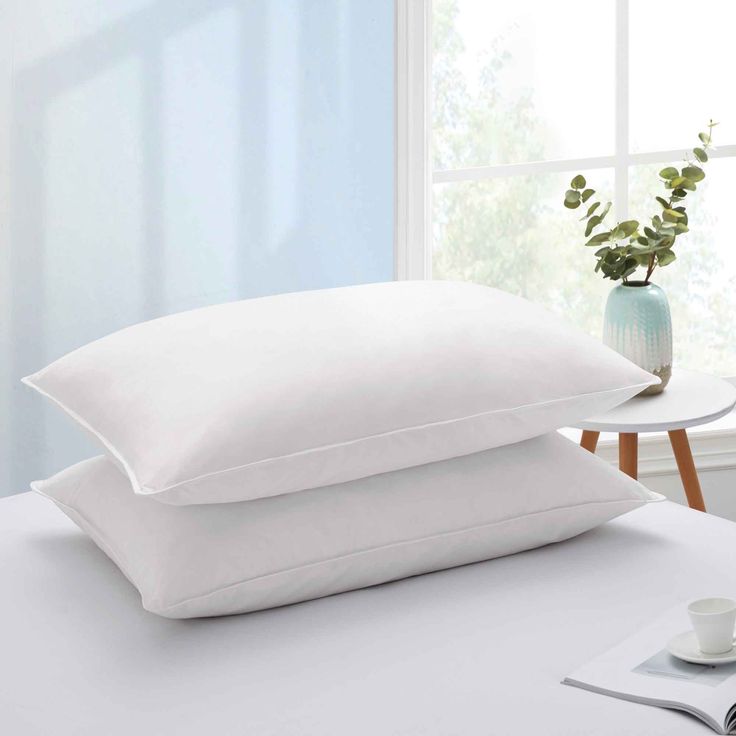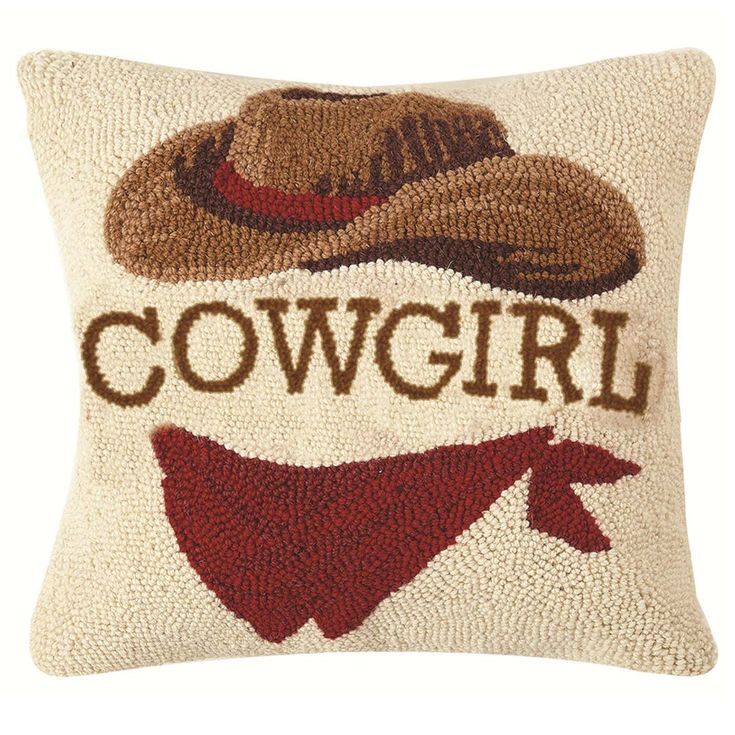Frequent flyers understand that comfort during travel isn’t a luxury—it’s a necessity. The right tools and habits can transform cramped airplane seats, long layovers, and overnight journeys into tolerable or even restful experiences. One of the most overlooked yet powerful travel companions is the mini pillow. Compact and versatile, a mini pillow offers far more than just neck support. In this in-depth guide, we will explore essential mini pillow travel hacks every seasoned traveler should know. From choosing the right materials and designs to smart packing tricks and multi-functional uses, this article equips you with everything you need to make your next trip significantly more comfortable and efficient.

Choose the Right Mini Pillow Material for Long-Haul Comfort
Material selection plays a critical role in how well a mini pillow supports your travel needs. Memory foam offers firm support and molds to the shape of your neck or lower back. It’s ideal for those who prefer consistent, structured comfort, especially during long flights. However, memory foam pillows can be heavier and less compressible. For lightweight travelers, microbead fillings provide a good alternative. These pillows conform to your shape while remaining light and flexible, fitting easily into carry-ons or backpacks.
Feather-filled mini pillows appeal to travelers seeking softness and a luxury feel. Though less supportive than memory foam, they compress easily and feel familiar. For allergy sufferers or those concerned with hygiene, synthetic fills such as polyester fiber offer hypoallergenic properties and are easier to clean. The outer cover also matters: cotton allows breathability, while velour or fleece provides warmth in cooler cabins. Always consider the temperature and length of your journey when selecting materials, ensuring your mini pillow delivers consistent comfort from takeoff to landing.
Optimize Packing Space with Compression and Foldability Techniques
Space-saving is crucial for efficient travel. A bulky pillow can quickly become an annoyance rather than an asset if not packed properly. Select a mini pillow designed with foldability in mind. Some models feature memory foam cores that compress and spring back into shape when released. Others come with compression straps or built-in pouches that minimize volume.
Use vacuum-seal bags or compression cubes to reduce pillow size even further. These tools remove air and compact soft items, maximizing space in carry-ons or personal items. When traveling light, choose a mini pillow that clips to the outside of your luggage using carabiners or straps. This approach keeps the pillow accessible while freeing up internal space for other essentials. Frequent flyers also benefit from hybrid travel pillows that double as storage pouches. These multi-functional designs store small accessories while still offering support, making them perfect for tech-savvy travelers looking to consolidate gear.
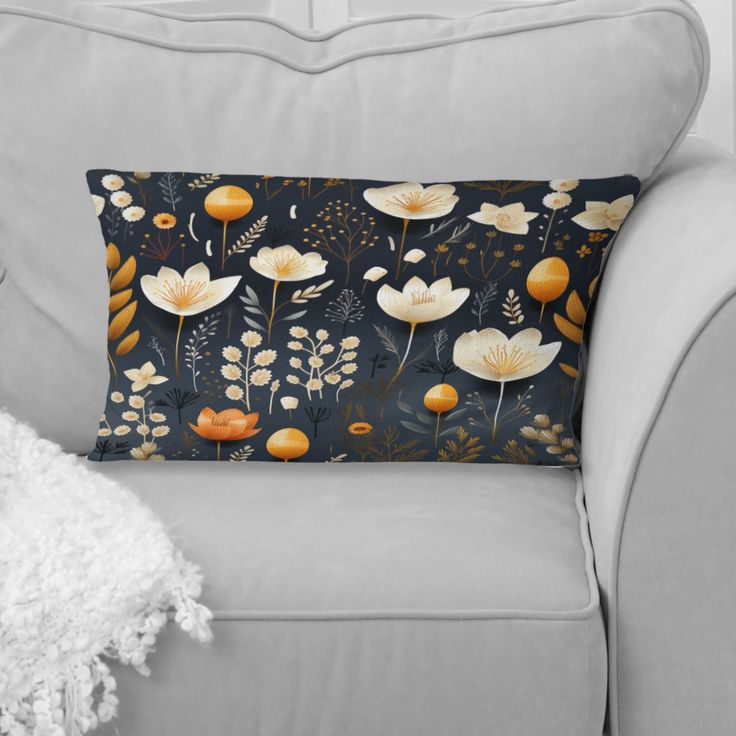
Target Pressure Points: Smart Small Pillow Positioning for Maximum Relief
Correct positioning of a mini pillow transforms your posture and reduces physical strain. Most travelers use mini pillows for neck support, but their versatility extends to other parts of the body. Placing a mini pillow behind your lower back supports your lumbar spine and prevents slouching during long hours in seated positions. This improves circulation and decreases fatigue.
For side sleepers on red-eye flights, position the mini pillow between your shoulder and window to maintain neck alignment. On trains or buses, rest it against armrests or tray tables for additional elbow or wrist support. Mini pillows also work well under your knees or ankles to reduce joint stress. Understanding body mechanics enables you to place your pillow strategically, minimizing soreness upon arrival. Carrying one or even two mini pillows allows you to alternate placements depending on your travel posture, dramatically improving your in-transit experience.
Use Small Pillows as Sleep Aids for Unfamiliar Environments
Jet lag, noise, and foreign surroundings often interrupt sleep for travelers. A familiar mini pillow introduces an element of consistency and security that can psychologically support better rest. Soft, familiar texture and scent can calm the nervous system, promoting relaxation. Use your pillow in combination with sleep masks and earplugs to create a personal sleep zone, even in noisy airport lounges or bright hotel rooms.
Some travelers carry a lightly scented mini pillow, infused with lavender or chamomile essential oils. These natural aromas can signal your brain to unwind, helping to adjust your body clock more efficiently. For better results, integrate your mini pillow into your home sleep routine before traveling. This builds an association between the pillow and restful sleep, making it easier to fall asleep on planes or in unfamiliar beds. Travelers who struggle with insomnia or sleep disorders can benefit from choosing memory foam or weighted mini pillows to replicate their ideal home sleeping conditions.
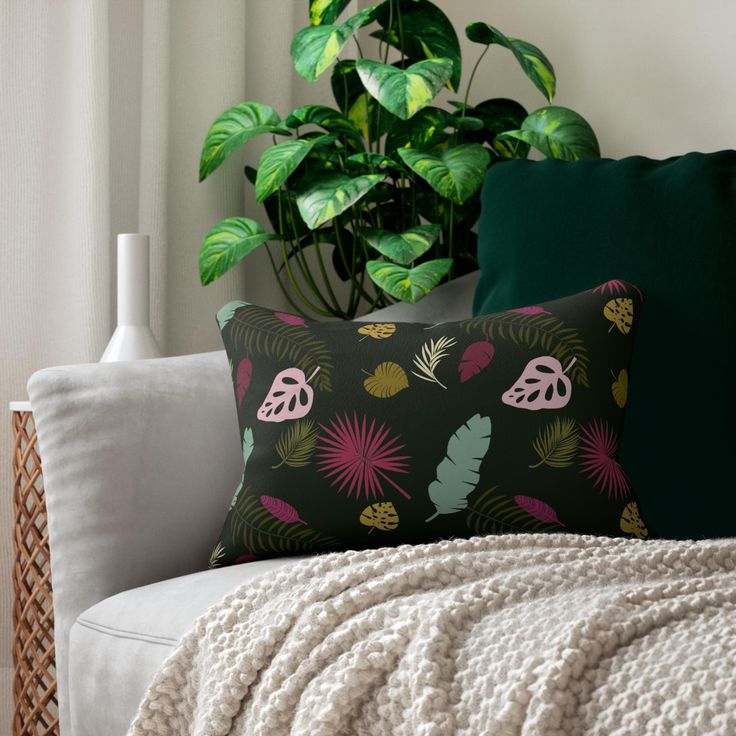
Convert Small Pillows into On-the-Go Ergonomic Tools
Beyond comfort, a mini pillow can serve as a powerful ergonomic tool during work or extended sitting. For business travelers who spend hours at airport lounges or working remotely, placing a mini pillow behind the lower back maintains posture and reduces lumbar strain. If your hotel chair lacks proper cushioning, sit on a mini pillow to relieve pressure from your tailbone.
On flights with poor seat ergonomics, use the pillow behind your shoulders or between your seat and tray table to enhance alignment. When using tablets or e-readers, prop the pillow on your lap to support your arms and wrists. This reduces tension in your neck and shoulders. Some travelers even use mini pillows to elevate their feet slightly on long-haul flights, improving circulation and reducing the risk of swelling. Reimagining your pillow as a portable ergonomic device empowers you to customize your environment in real-time, no matter how basic your seat or workspace.
Keep It Clean: Hygiene and Maintenance Tips for Frequent Use
Frequent flyers must prioritize hygiene when using a mini pillow across multiple environments. Always select pillows with removable, machine-washable covers. Travel exposes your gear to germs from public surfaces, airplane trays, and shared luggage compartments. Wash the cover after every trip, and consider antibacterial sprays or fabric sanitizers between washes.
Opt for quick-drying fabrics to ensure your pillow is ready for use again within hours. Carry an extra pillowcase or fabric cover in your carry-on in case of spills or unexpected messes. Some mini pillows come with antimicrobial covers or fillings designed to inhibit bacterial growth, making them ideal for high-frequency travelers. If your pillow lacks a cover, encase it in a travel-size laundry bag to keep it isolated when not in use. Regular maintenance ensures that your pillow stays fresh, extends its life, and prevents odors or allergens from disrupting your travel comfort.
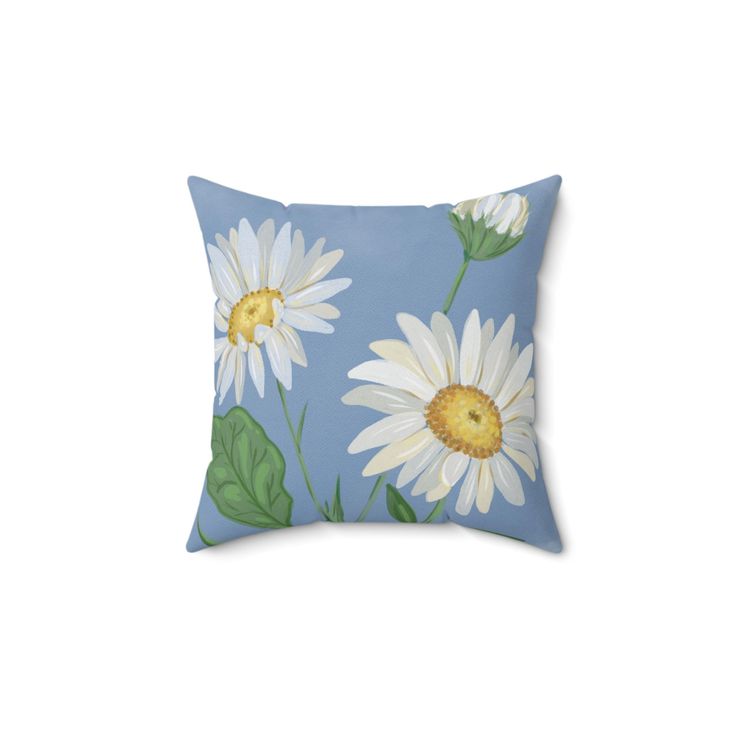
Small Pillows for Kids: Smart Comfort Hacks for Traveling Families
Families traveling with children can leverage mini pillows to create comfort and structure for young passengers. Use a soft mini pillow as a headrest in car seats or airplane chairs, helping kids nap more comfortably on long journeys. Mini pillows also serve as emotional comfort items, making unfamiliar places feel safer.
Pack personalized mini pillows embroidered with your child’s name or favorite character to make them feel involved in the travel process. During layovers or delays, use the pillow to create a soft play area or as a boundary on shared seats. On overnight flights, place a mini pillow under the child’s legs to prevent slipping or slouching during sleep. Parents can also use mini pillows as emergency padding for diaper changes or impromptu nap spaces in airports. By packing a mini pillow tailored to your child’s size and comfort needs, you reduce the chance of travel meltdowns and promote restfulness across the entire trip.
Multi-Use Small Pillow Hacks to Maximize Functionality
Creative travelers extract maximum value from their gear, and mini pillows offer a surprising range of alternative uses. In emergencies, use a mini pillow as a wrist rest during extended tech use or as a padding layer in makeshift sleeping spots. Place it between fragile souvenirs in your suitcase to protect them in transit.
Mini pillows can double as lap desks, allowing you to balance snacks, notebooks, or tablets mid-flight. On long layovers, use your pillow as a meditation cushion or stretch support during yoga routines. In cold terminals or cabins, place a fleece mini pillow under your coat as an improvised warmer. Some travelers wrap mini pillows around water bottles to prevent leaks or use them as insulation for snacks and electronics.
In short, your mini pillow becomes a tool of travel improvisation. Once you recognize its potential, you’ll never leave home without it again. The versatility of the mini pillow turns it into an essential companion for both planned comfort and unexpected challenges.
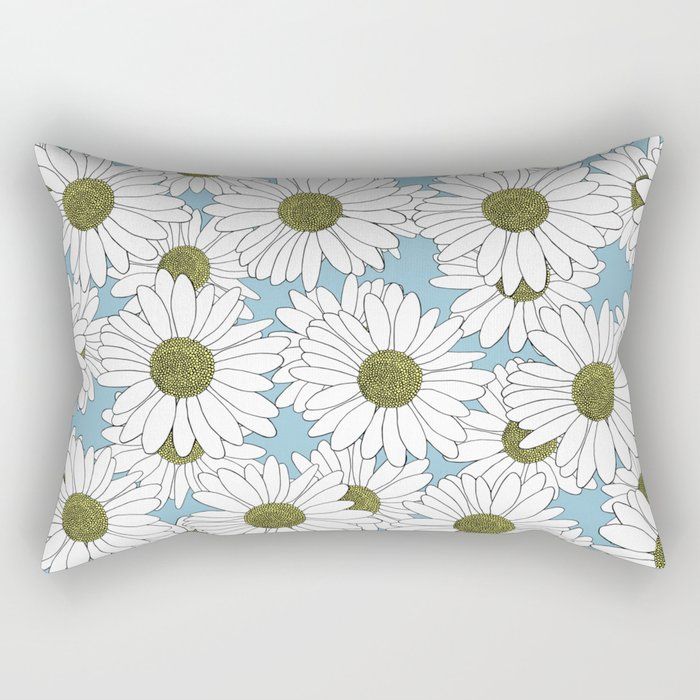
The best frequent flyers know that details define the journey. While large luggage and tech gear often take the spotlight, it’s the small tools—like the well-chosen mini pillow—that quietly elevate the travel experience. With the right material, smart packing habits, and creative uses, a mini pillow can support your body, improve sleep, and even solve small travel problems along the way. Don’t underestimate its role. Adopt these mini pillow travel hacks, and your flights, layovers, and overnight stays will become smoother, healthier, and far more comfortable.
